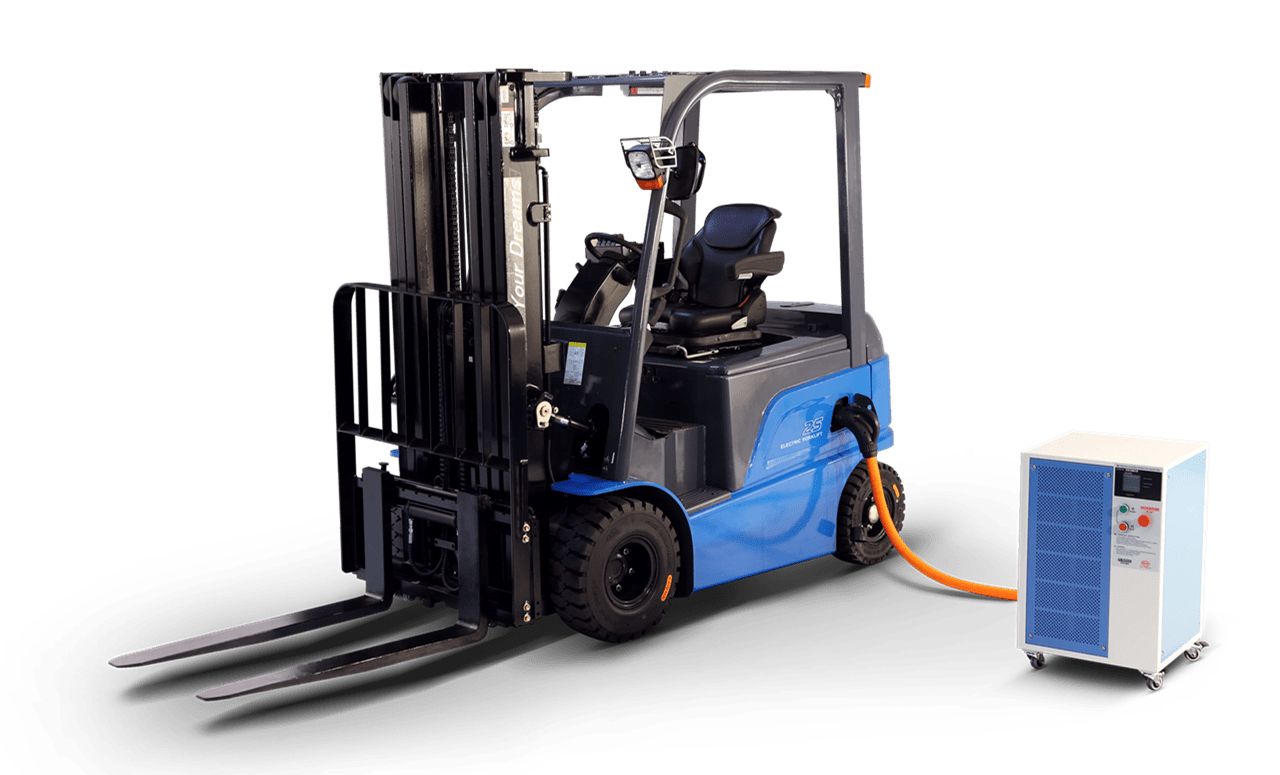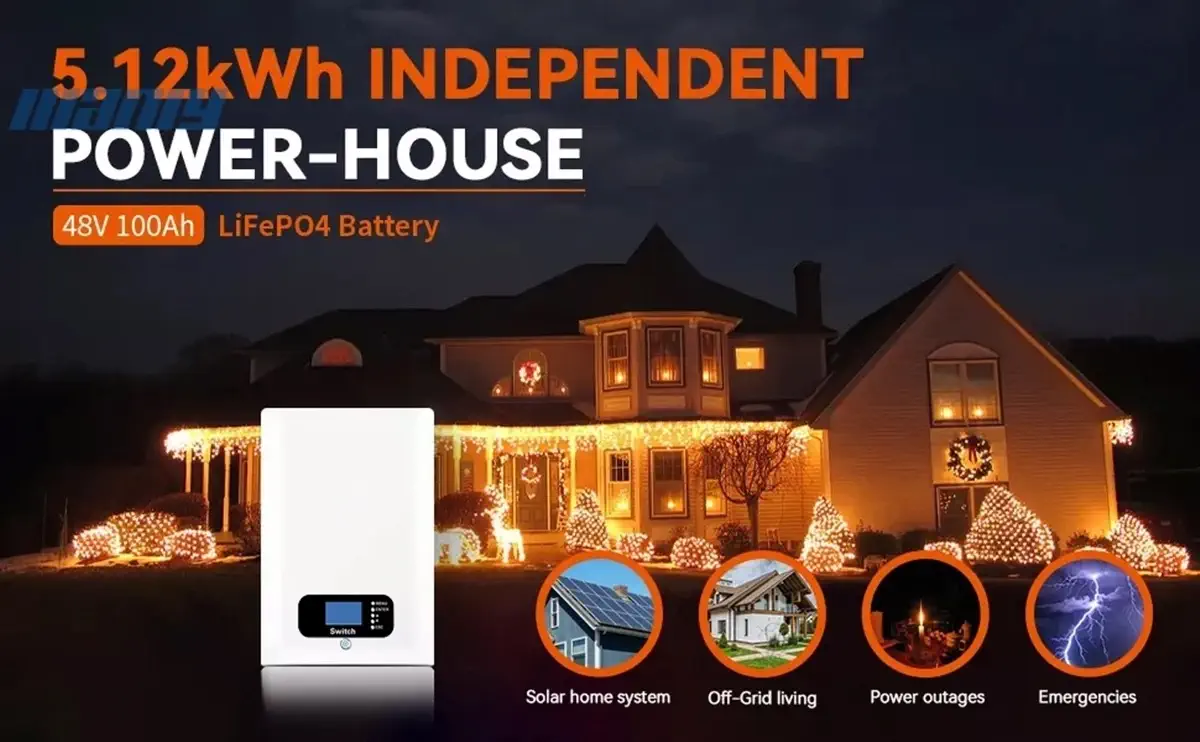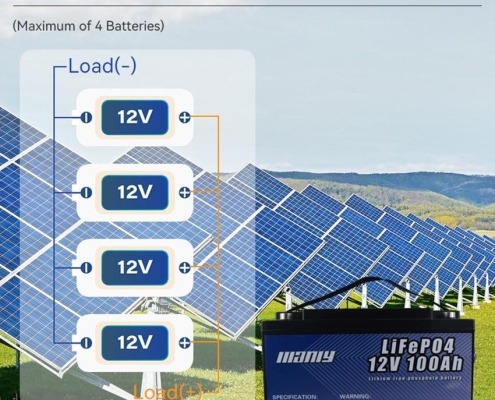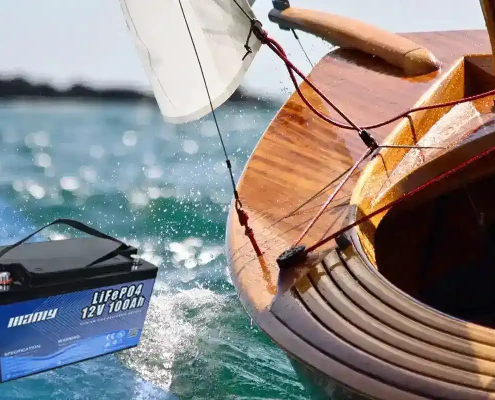5 Revolutionary Uses for Lithium Batteries in 2024
Table of Contents
- 5 Revolutionary Uses for Lithium Batteries in 2024
- Pioneering the Future with Lithium Batteries in a Competitive Market
- The Rise of Electric Mobility
- Electric Industrial Equipment
- Lithium Batteries in Utility and Site Vehicles
- Energy Storage: A Growing Sector
- New Applications and Future Horizons
- Conclusion: Charting a Future Powered by Lithium Battery Innovation
- Learn More About Battery
In the dynamic energy landscape of 2023, the lithium battery industry, encompassing diverse applications like E-bikes, electric vehicles, electric motorcycles, electric boats, electric forklifts, and outdoor power equipment, stands at a pivotal crossroads. As we navigate through challenges of overcapacity and market saturation, lithium batteries – including lithium-ion and LiFePO4 varieties – emerge as beacons of innovation and strategic differentiation. This industry, once characterized by a narrow focus, is now expanding its horizon to encompass a vast array of applications, from portable power solutions to energy storage, marking a significant shift in both supply and demand dynamics.
The journey of lithium batteries from niche products to mainstream powerhouses is a story of technological evolution and market adaptation. It’s about transcending the traditional boundaries of energy supply and embracing new frontiers like electric mobility, industrial equipment, and beyond. This comprehensive exploration will delve into the nuances of this sector, highlighting how businesses can leverage the burgeoning potential of lithium batteries to carve out a competitive edge in an ever-evolving market.
Pioneering the Future with Lithium Batteries in a Competitive Market
In the tumultuous landscape of 2023, the lithium battery industry, a cornerstone of new energy technology, is navigating through turbulent waters of overcapacity and intense competition. This sector, powering a diverse array of applications from E-bikes, electric vehicles, and electric motorcycles to electric boats, electric forklifts, portable power sources, and outdoor power equipment, finds itself at a critical juncture. The challenge lies not only in the market’s saturation but also in the homogeneity of the offerings, leading to a scenario of abundant supply but limited differentiation.
To break through this deadlock, lithium battery manufacturers are now adopting a strategy that goes beyond the conventional. The focus has shifted to carving out niches within the industry and spearheading innovation in both products and solutions. This approach involves a deep dive into specialized technological advancements and tailored product development, targeting specific segments of the market where the demand for lithium, lithium-ion, and LiFePO4 batteries is still untapped or growing.
As the industry’s larger players continue to vie for dominance in the well-established sectors of high-power and large-scale energy storage, a new wave of forward-thinking companies is emerging. These enterprises are venturing down a path less traveled, focusing on ‘downward compatibility’ to unlock new realms of lithium battery applications. Their aim is to foster scenarios where lithium battery technology can be applied more broadly, capturing a wider customer base and exploring untapped markets.
This introductory chapter sets the stage for a comprehensive exploration of the lithium battery industry in 2023. We will delve into the strategies that businesses are employing to stand out in a crowded market, the innovative applications of lithium batteries that are emerging, and the potential for growth in various sectors. Our focus will be on how B2B customers can leverage these developments, turning the challenges of today’s market into opportunities for tomorrow. The journey through the evolving world of lithium batteries begins here, where differentiation and innovation are the keys to unlocking a new era of energy solutions.
The Rise of Electric Mobility
In the realm of electric mobility, we are witnessing a revolution, primarily driven by the rapid advancements and adoption of lithium batteries. This chapter explores the burgeoning growth of electric two-wheelers, electric vehicles (EVs), and electric boats, delving into how these sectors are reshaping transportation and creating substantial opportunities for businesses in the B2B market.
1. Electric Two-Wheelers: A Market Poised for Massive Growth
Electric two-wheelers, encompassing E-bikes and electric motorcycles, have emerged as a dominant force in the global transportation sector. With a market size exceeding $200 billion and covering a population of 2.5 billion, this segment offers immense potential. Frost & Sullivan predict that by 2027, global electric two-wheeler shipments will reach 130 million units, a 50% increase from 2022. McKinsey estimates that by 2030, 30% of all two-wheelers globally will be electrified, amounting to a market size of $218 billion.
This explosive growth is underpinned by the declining costs and technological advancements in lithium batteries, which are increasingly replacing lead-acid batteries. In Europe and America, E-bikes have already fully transitioned to lithium batteries. Mordor Intelligence forecasts that the European E-bike market will grow from $10.71 billion in 2023 to $19.28 billion in 2028, with a CAGR of 12.48%. The American market is also expected to experience significant growth, from $1.76 billion in 2023 to $4.1 billion in 2028, at a CAGR of 18.43%.
In South and Southeast Asia, where motorcycles are a primary mode of transport, the shift from gasoline to electric models is accelerating, driven by rising oil prices and supportive government policies. This transition is expected to open vast opportunities in the electric motorcycle market in these regions.
2. Electric Vehicles: Catering to Mainstream Needs
The EV market is another area where lithium batteries are making a significant impact. According to IDC, China’s EV sales are projected to reach 16 million units by 2026, with a compound annual growth rate of 35%. The industry has now reached a consensus that a range of 400km is sufficient for most users, making it the mainstream choice in the EV market. This shift reflects a broader market trend where the focus is on balancing range with cost-effectiveness, making EVs more accessible to a wider audience.
3. Electric Boats: Navigating New Waters
Though the demand for power batteries in electric boats is not as high as in EVs, this sector is an emerging incremental market. IDTechEx forecasts that by 2027, the global electric boat market will reach $20 billion. In Southeast Asia, particularly in island nations like Indonesia, the trend towards the electrification of millions of small boats is gaining momentum. Establishing robust photovoltaic storage and charging systems in these regions could significantly accelerate this electrification process.

Conclusion: A Sector Brimming with Potential
The rise of electric mobility presents a golden opportunity for B2B customers in the lithium battery market. The expanding electric two-wheeler and EV sectors, along with the nascent electric boat market, are creating new avenues for the application of lithium batteries. Companies that can provide innovative and efficient lithium-ion and LiFePO4 battery solutions are well-positioned to capitalize on this growing demand. The future of transport is electric, and the lithium battery industry is at the heart of this transformation, offering lucrative prospects for forward-thinking businesses.
New Applications and Future Horizons
The landscape of lithium battery applications is rapidly expanding, driven by technological advancements in various fields, particularly in AI and related technologies. This chapter explores the emerging and future applications of lithium batteries, highlighting the potential in new sectors such as humanoid robotics, electric vertical takeoff and landing (eVTOL) aircraft, smart wearables, smart homes, and autonomous delivery vehicles. These developments are not only pushing the boundaries of lithium battery applications but also opening up new markets worth billions to trillions.
1. Humanoid Robots and eVTOLs: The Cutting Edge of Technology
The advancement in humanoid robotics and eVTOLs is a testament to the technological evolution in AI and aviation. These sectors require reliable, high-density energy sources, making lithium batteries an ideal choice. The ability of lithium batteries to provide longer operational hours and sustain heavy usage makes them integral to the functionality of these advanced machines. As these technologies move from research and development to commercialization, they are expected to create substantial demand for advanced lithium battery solutions.
2. Smart Wearables and Smart Homes: Integrating Lithium Batteries into Daily Life
Smart wearables and smart homes represent a rapidly growing market where lithium batteries are increasingly crucial. The demand for compact, long-lasting, and efficient power sources in devices like fitness trackers, smartwatches, and home automation systems highlights the importance of lithium battery technology in these applications. As consumers continue to embrace smart technology in their daily lives, the market for lithium batteries in these areas is expected to grow significantly.
3. Autonomous Delivery Vehicles: Revolutionizing Logistics
The development of autonomous delivery vehicles is another area where lithium batteries are set to play a key role. These vehicles require dependable energy sources to navigate and perform deliveries efficiently. Lithium batteries offer the necessary endurance and reliability, making them well-suited for this application. As e-commerce continues to grow, the demand for efficient and sustainable delivery solutions is expected to increase, further driving the need for advanced lithium battery technology.
4. MANLY Battery: Leading Innovation in New Fields
MANLY Battery, a leader in the lithium battery sector, is actively expanding its presence in these new and emerging fields. Beyond traditional applications like E-bikes and energy storage, the company is focusing on outdoor portable power sources, AGV lithium batteries, electric motorcycles, and electric boats. By continuously developing innovative products and solutions tailored to user needs, MANLY Battery is poised to further its leadership in the lithium battery market.
Conclusion: A Future Shaped by Lithium Battery Innovation
The new applications of lithium batteries in various sectors are not only expanding the market but also driving innovation in energy storage and power solutions. As these technologies evolve and find commercial success, the demand for advanced lithium batteries is set to skyrocket, presenting lucrative opportunities for businesses in the B2B sector. Embracing these new applications and investing in lithium battery technology will be key for companies looking to capitalize on these future markets and lead the wave of innovation in energy solutions.
Conclusion: Charting a Future Powered by Lithium Battery Innovation
As we conclude our exploration of the lithium battery industry, it’s clear that this sector is not just surviving the challenges of 2023 but thriving by embracing innovation and diversification. From powering electric bikes to energizing smart homes and autonomous vehicles, lithium batteries are at the forefront of an electrified future. The key to success for businesses in this domain lies in recognizing the vast potential of applications like electric vehicles, energy storage, and portable power solutions.
The future of the lithium battery industry is bright and full of possibilities. With a focus on cutting-edge applications and emerging markets, companies that innovate and adapt will find themselves well-positioned to lead the charge in this energy revolution. The journey ahead is paved with opportunities for growth, sustainability, and technological advancement, making lithium batteries a cornerstone of our energy future. As we move forward, it’s imperative for businesses to stay ahead of the curve, harnessing the power of lithium batteries to drive innovation and success in a world increasingly reliant on clean, efficient, and sustainable energy solutions.







